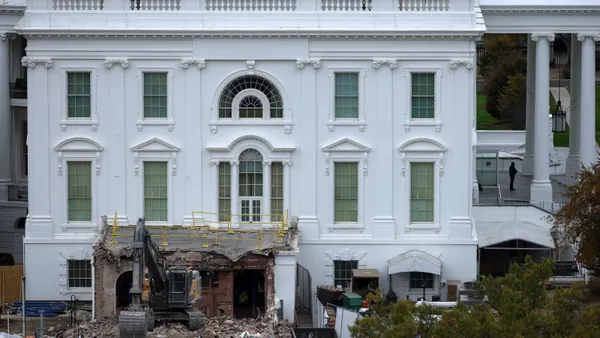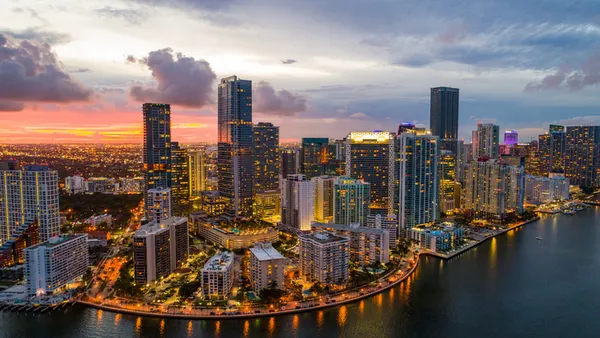Dive Brief:
- A written safety plan specific to a project raises awareness among workers and managers of what needs to be done for that location, perhaps averting an accident, and it provides essential legal cover for the primary contractor if something does go wrong.
- Inspect the site before work begins and document safety hazards that are found, then address specifically in the written plan.
- Make every worker—yours and those of subcontractors—sign that they have been given a hard copy of the plan, and make sure new employees get training so they know how to follow it.
Dive Insight:
After an accident happens, conditions are frozen in time, and there is no way to protect yourself retroactively. Your defense will be having documented how well you looked for hazards, told everyone about them and how to avoid them, and inspected equipment regularly to make sure it was up to snuff—especially fall-hazard protection. It's also a good idea to have a safety plan available in Spanish or any other language that may be the primary language of some workers.













